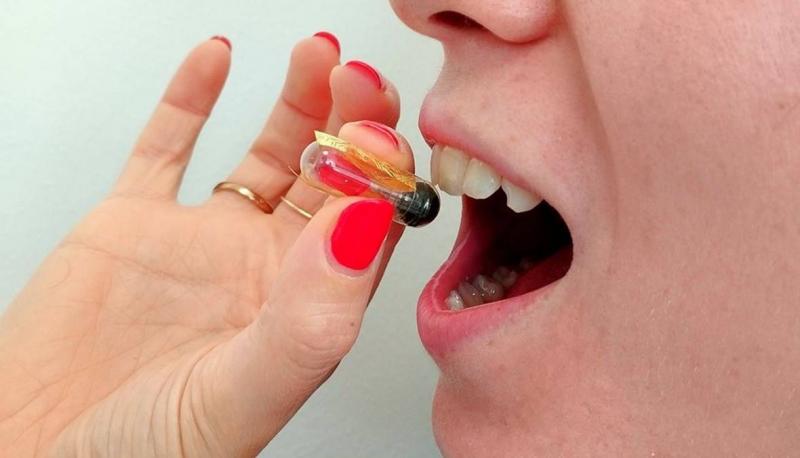Technology has extended to nearly all aspects of human life. It was once unthinkable that we would interact with robots to order a meal or that food would be served by a robot instead of a waiter. Moreover, the delivery of food by drones is on the horizon. But have we ever imagined eating a robot? A group of scientists is working on the development of robots that can be consumed by humans, aiming to create edible robots. Although this may seem strange, researchers are convinced that this technology has a wide range of benefits.
Researchers from Wageningen University in the Netherlands, the University of Bristol in the UK, and the Italian Institute of Technology launched the RoboFood project in 2021, which has attracted funding from the European Union amounting to $3.75 million over four years. In a recent research paper published in the journal Nature Review Materials, scientists describe the benefits it could offer to the healthcare sector, human nutrition, and environmental management. For example, edible robot technology could facilitate the precise delivery of medications, monitor the health of the digestive system in living organisms, provide independent targeted nutrition in emergencies, reduce agricultural waste, aid in the vaccination of wildlife, and produce new food tasting experiences.
Dario Floriano, the lead author of a research article discussing how far we are from the reality of edible robots, states: "The combination of robotics and food presents an exciting challenge; we are still discovering which edible materials function similarly to inedible ones." In this paper, researchers highlight several challenges in achieving edible robots. Current edible motors and batteries have lower capacity, durability, and reliability compared to their inedible counterparts. Moreover, further studies are needed to better understand how edible components interact with the digestive system. Miniaturization also poses a challenge, as the robots must be small enough to be easily swallowed.




